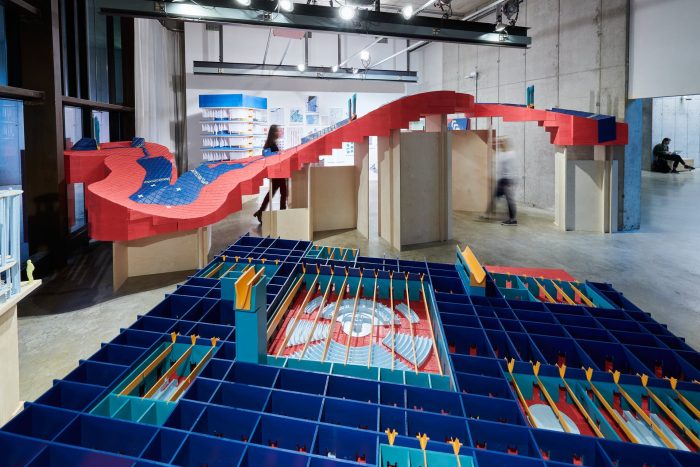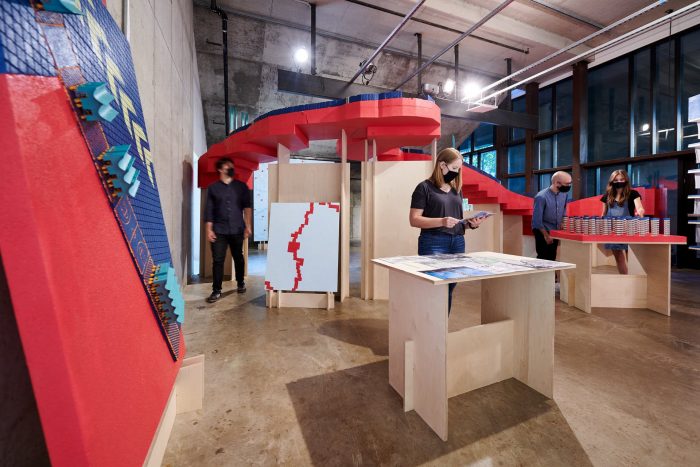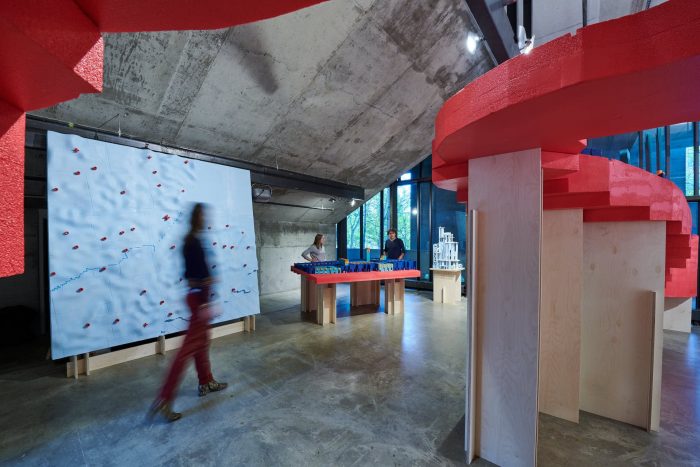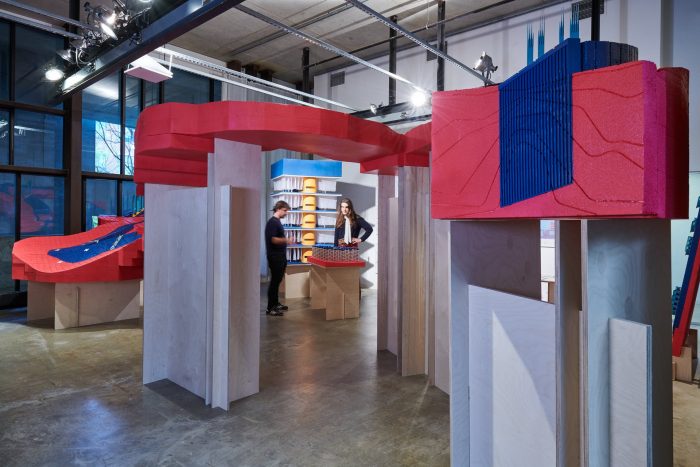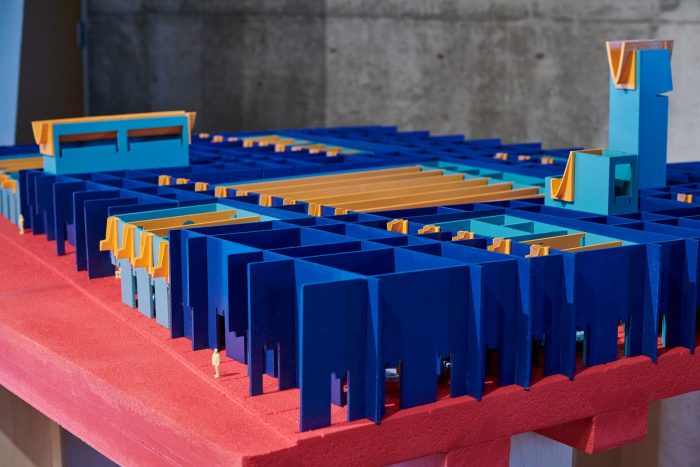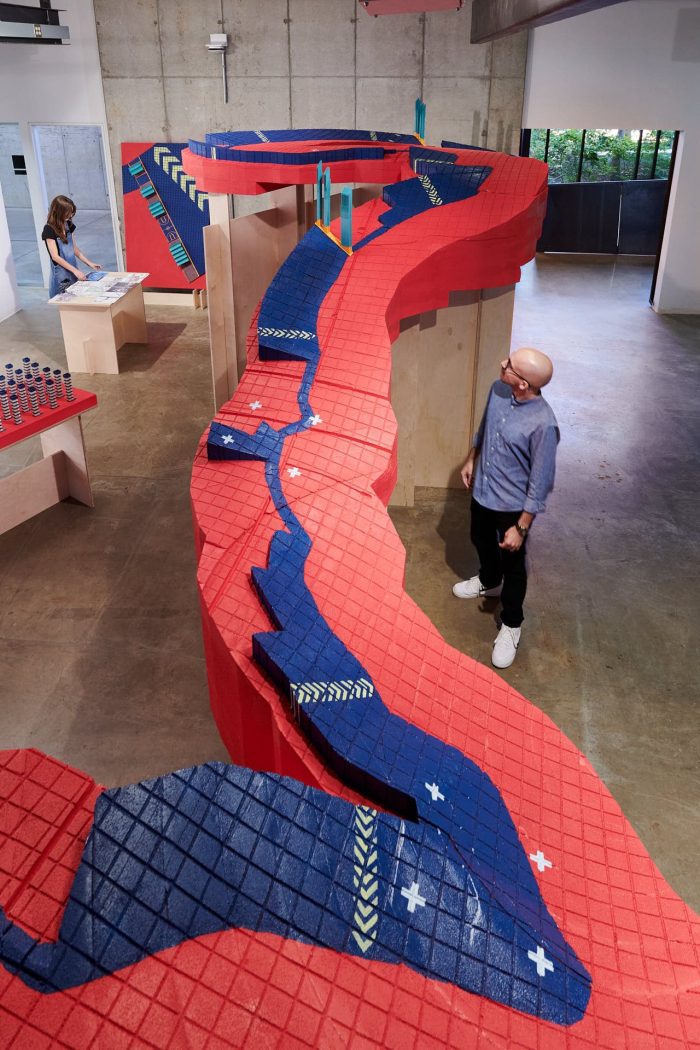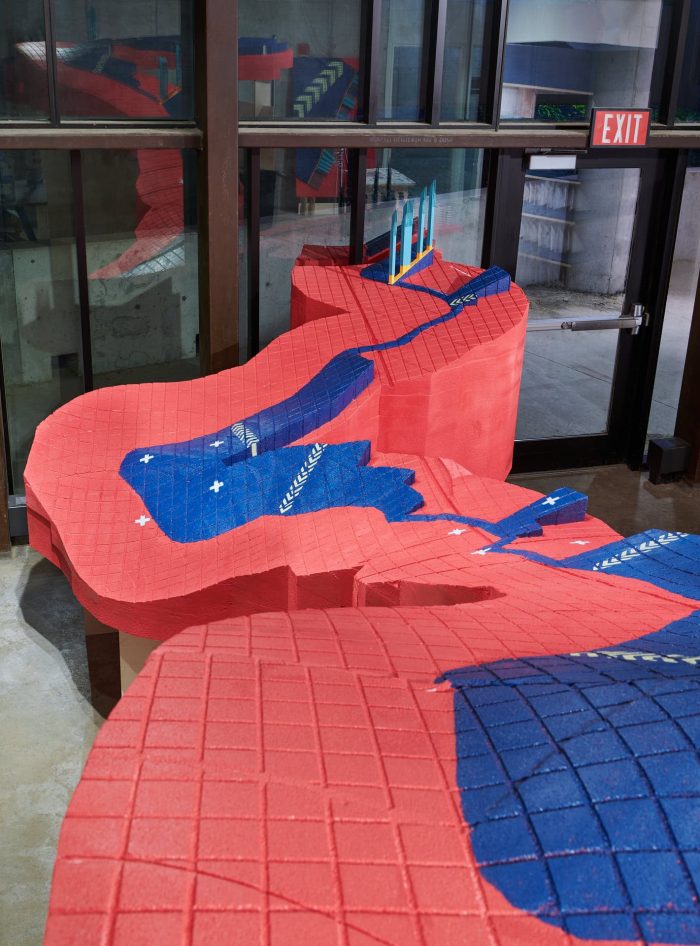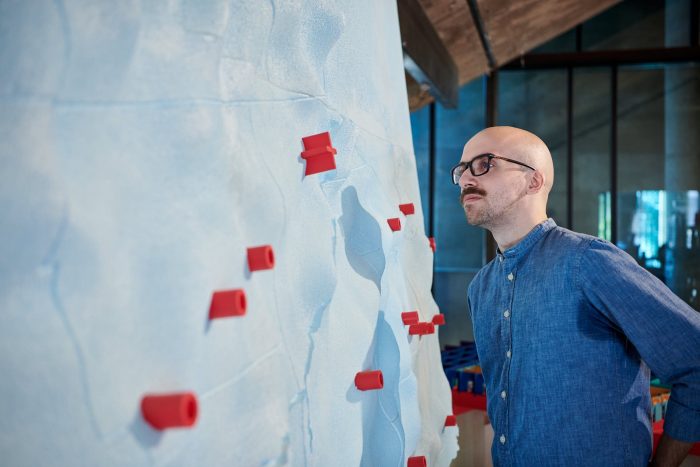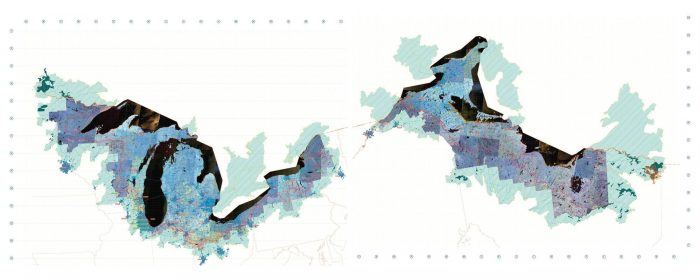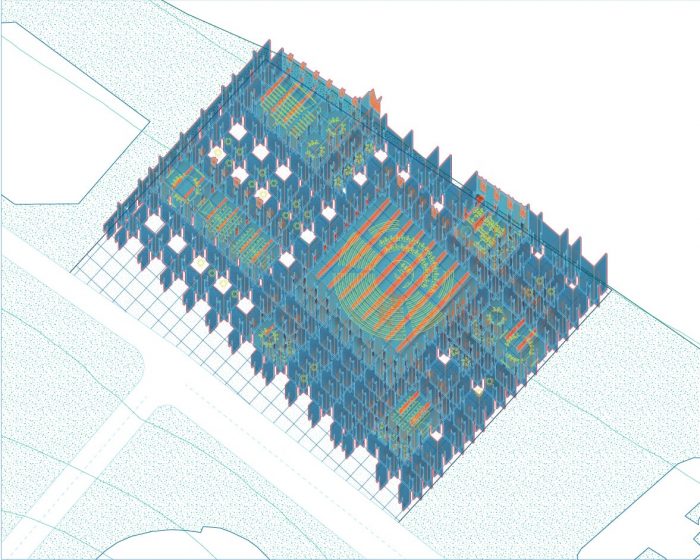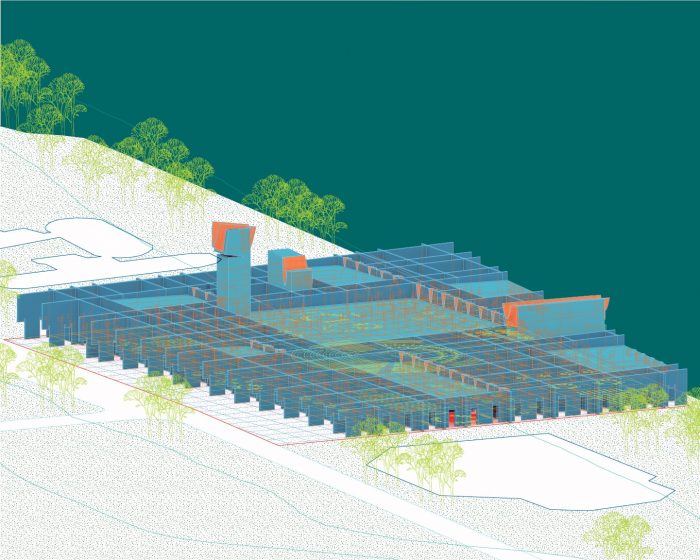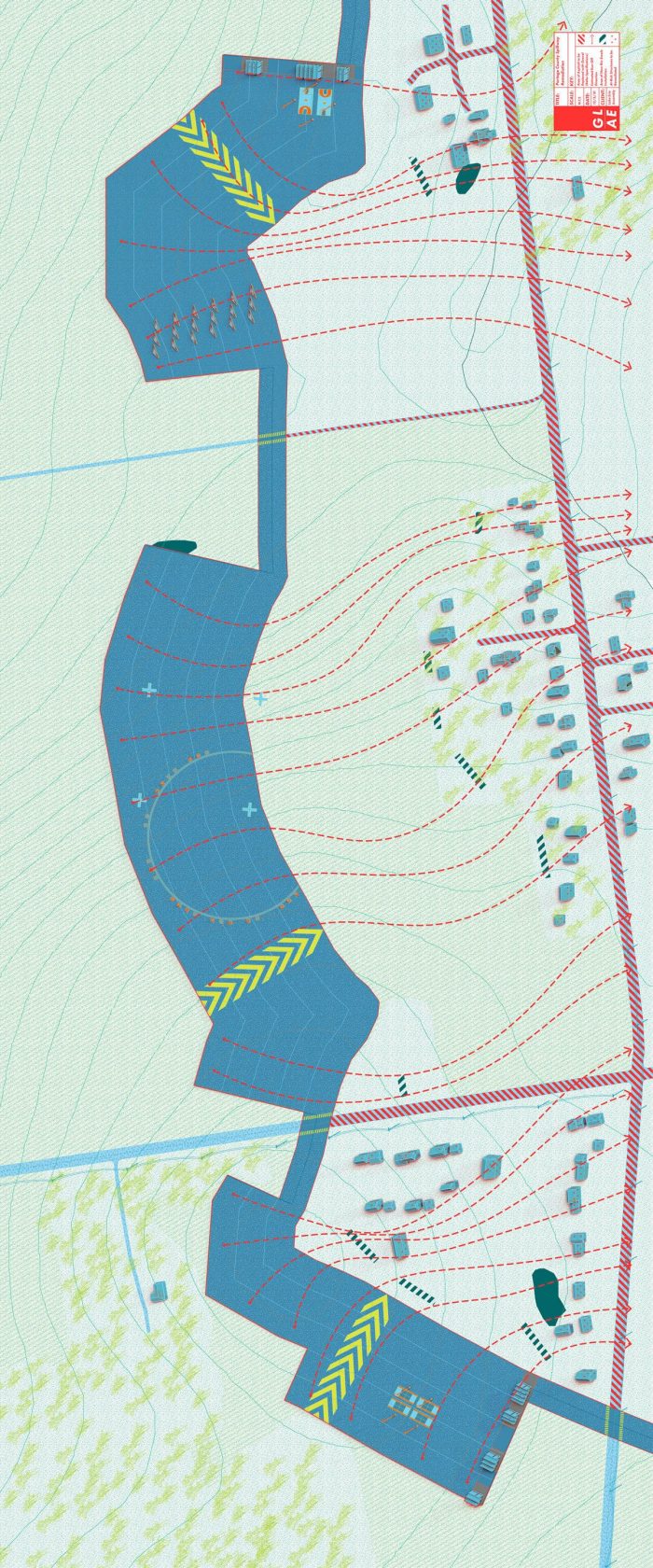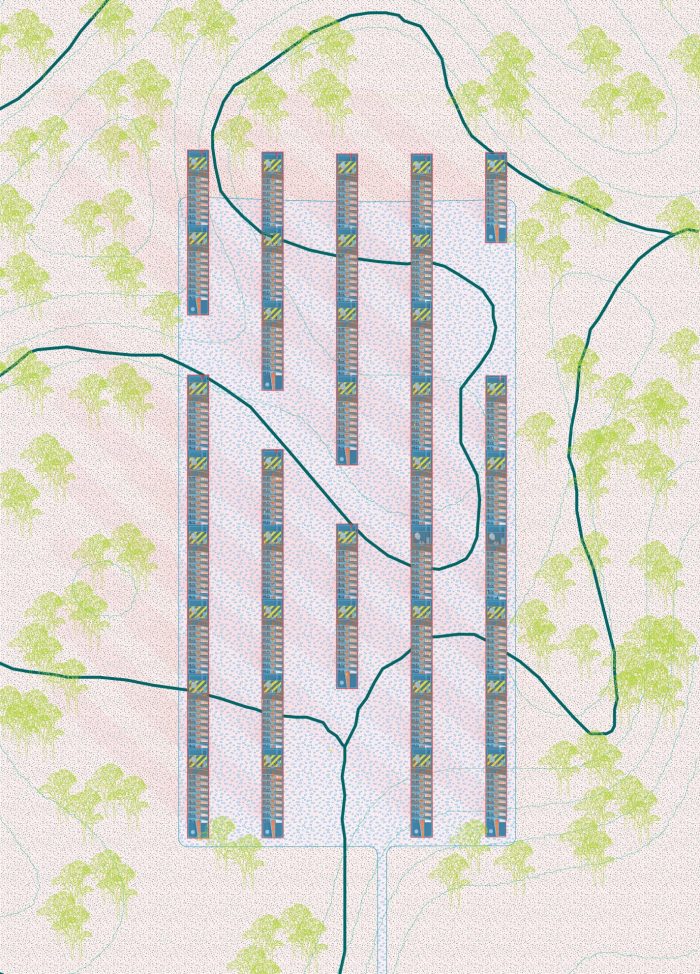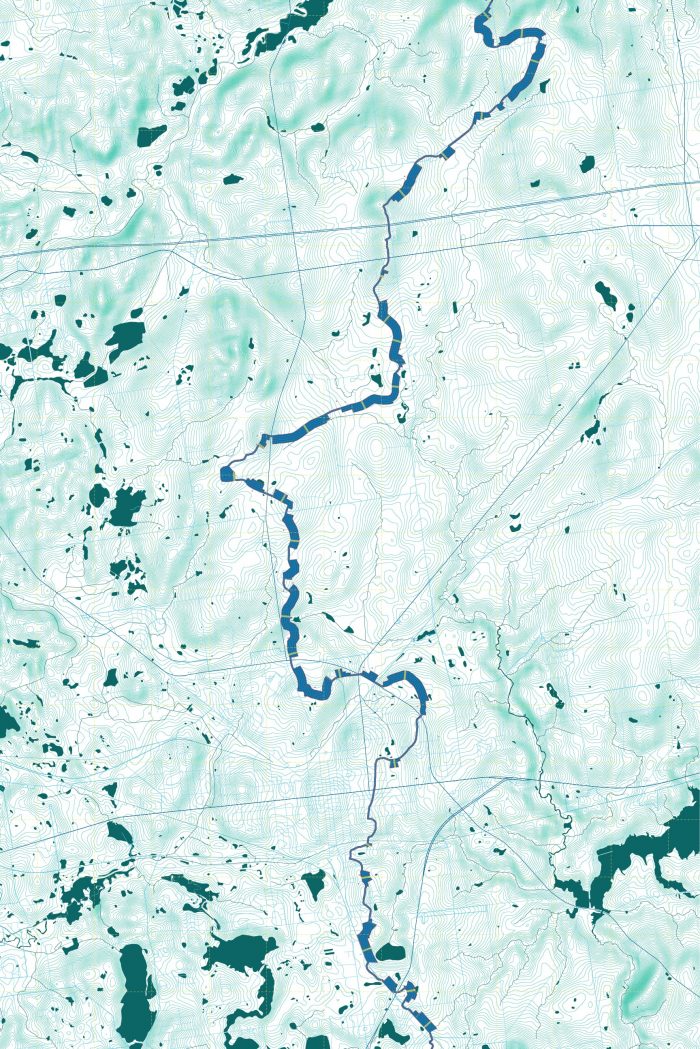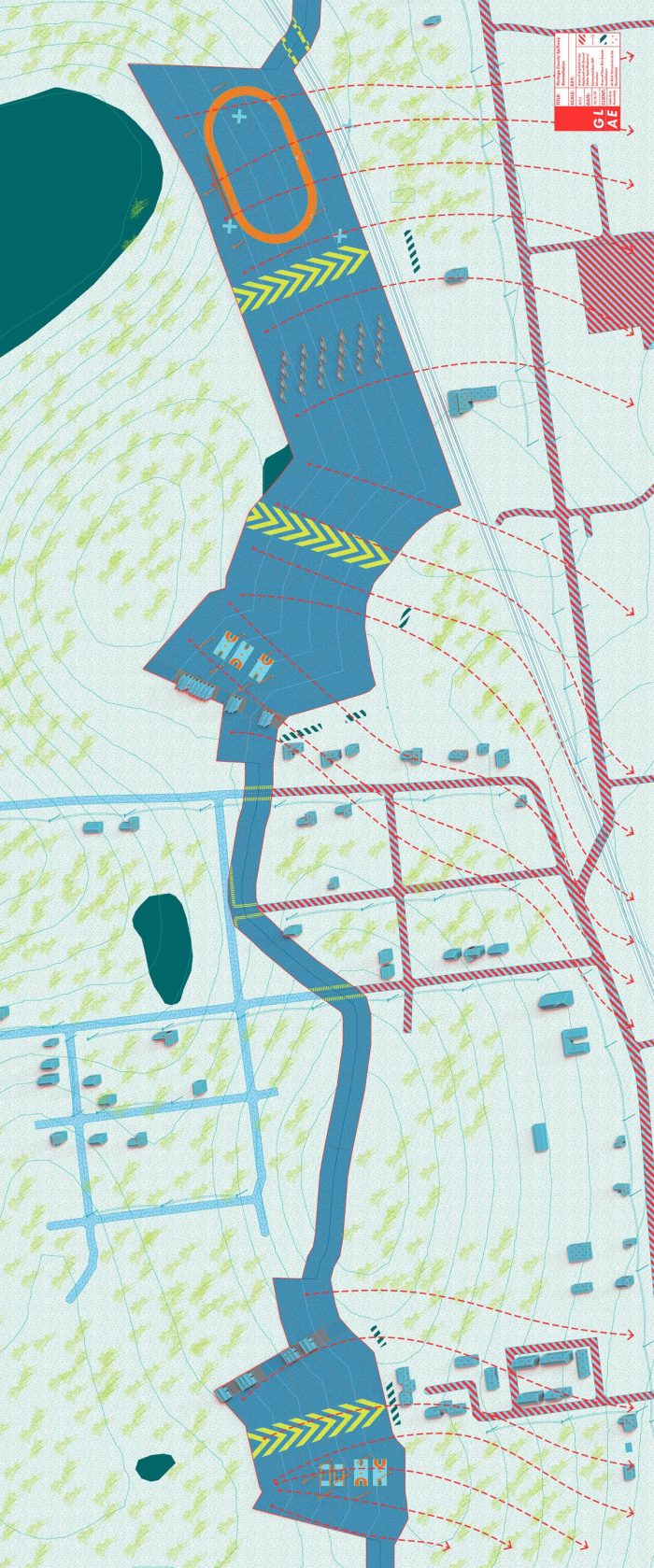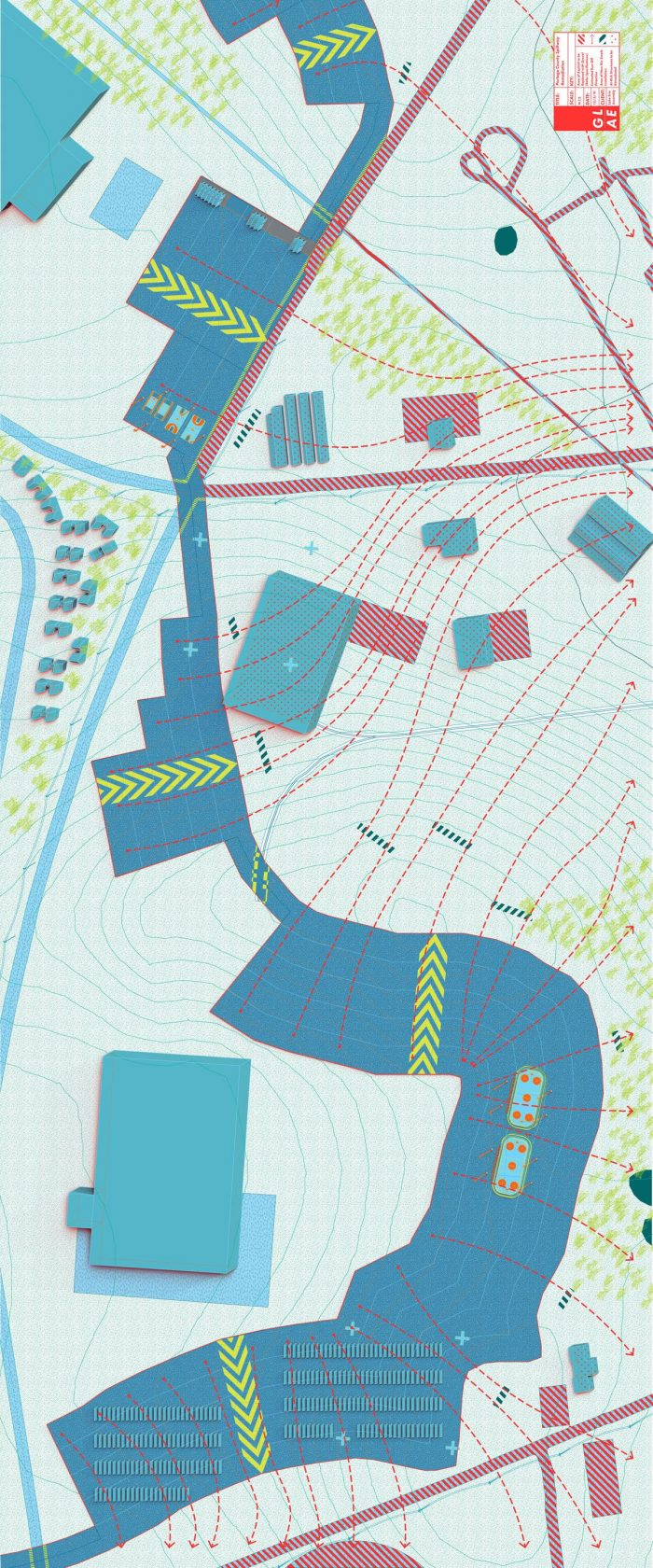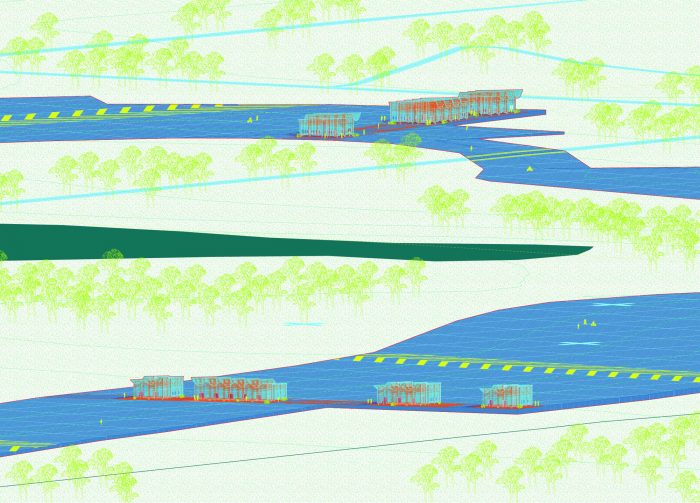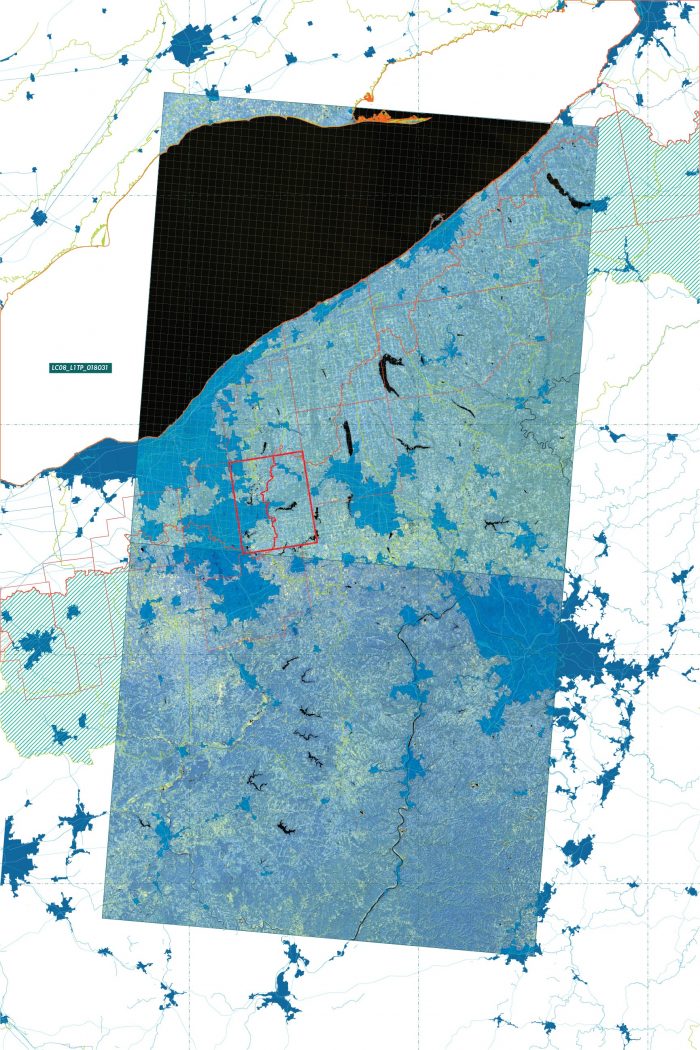2008年12月8日,伊利诺伊州、印第安纳州、密歇根州、明尼苏达州、纽约州、俄亥俄州、宾夕法尼亚州、威斯康星州、蒙特利尔州和魁北克州等州和地区签署了《大湖区-圣劳伦斯河流域水资源契约》[The Great Lakes Compact],禁止在湖区的排水流域之外取水,在美国和加拿大境内建立一个密封的生态政治区。
On December 8th, 2008, the States and Territories of Illinois, Indiana, Michigan, Minnesota, New York, Ohio, Pennsylvania, Wisconsin, Montreal, and Quebec, signed into law the Great Lakes-St. Lawrence River Basin Water Resources Compact [The Great Lakes Compact], prohibiting water removal outside the Lakes’ drainage basins and creating a sealed eco-political zone within the United States and Canada.
2018年4月25日,威斯康星州批准了富士康为拉辛市外的一家私营液晶面板工厂每天抽取700万加仑密歇根湖水的请求。富士康声称其工厂的用水是一种 “公共用途”,以规避全面的契约审查。这一语义上的壮举暴露了契约缺乏可操作的公共用水定义,并在契约的闭环中产生了一个漏洞。
On April 25th, 2018, Wisconsin approved Foxconn’s request to withdraw 7 million gallons of Lake Michigan water per day for a private LCD panel factory outside Racine: Foxconn claimed its factory’s water consumption was a “public use” to skirt full Compact review. This feat of semantics exposed the Compact’s lack of actionable public water definitions and created a leak in the Compact’s closed loop.
最后,在2019年2月26日,俄亥俄州托莱多市的公民批准了伊利湖的权利法案,授予该市对伊利湖及其流域的法律监护权。2014年不加控制的农业径流曾使伊利湖的水在几天内无法饮用,供50万人使用:无论如何,藻类水华将在2019年7月重新出现。
Finally, on February 26th, 2019, the citizens of Toledo, Ohio approved the Lake Erie Bill of Rights, granting the city legal guardianship of the Lake and its’ watershed. Unchecked agricultural runoff in 2014 had rendered Lake Erie’s water undrinkable for half a million people for days at a time: algal blooms would return regardless in July 2019.
这三个事件激发了大湖区建筑探险队的成立,这是一个实验性的公共建筑办公室,受托保护大湖区契约的精神,研究和设计分水岭的公共领域,并为契约的人类、非人类和物质主体进行宣传。
These three events inspired the foundation of the Great Lakes Architectural Expedition, an experimental public architecture office entrusted with protecting the spirit of the Great Lakes Compact, researching and designing the Watershed’s public realm, and advocating for the Compact’s human, non-human, and material subjects.
探险队的任务促使人们从根本上重新思考建筑在大湖区大都市中的作用–以同样的灵活性介入法律和物理领域,用非人类的客户结构扩大建筑实践,并在一个日益稀缺的世界中把建筑师转变为公共材料的代理人。
The Expedition’s mission has prompted a fundamental re-thinking of architecture’s role in the Great Lakes Megalopolis—engaging legal and physical terrains with equal dexterity, expanding architectural practice with non-human client structures, and transforming architects into agents for public materials in a world of increasing scarcity.
通过使用档案模型、图纸、文件和研究报告,这本难得一见的办公室档案探讨了大湖区建筑探险队本身的组织结构,以及探险队伊利湖委员会为确立其作为公共倡导者的角色和起草非人类建筑师-客户关系的轮廓所做的早期尝试。展出的作品包括物质世界议会的座位表、莫米盆地磷合作组织的原型,以及俄亥俄州波蒂奇县最后的不透水表面的模型。
Using archival models, drawings, documents, and studies, this rare glimpse into the office’s archives explores the organizational structure of the Great Lakes Architectural Expedition itself, as well as early attempts by the Expedition’s Lake Erie Board to establish their roles as public advocates and draft the contours of non-human architect-client relationships. Works on display include the Seating Chart at the Parliament for a Material World, prototypes for the Maumee Basin Phosphorus Co-Op, and models of the Last Impervious Surface in Portage County Ohio.
“大湖区建筑考察 “得到了俄亥俄州立大学Knowlton建筑学院2019-2021年LeFevre新兴从业者奖学金的支持。感谢Todd Gannon, Mike Baumberger, Terry Schwarz, 和Jean Jaminet的支持。
“The Great Lakes Architectural Expedition” was supported by the 2019-2021 LeFevre Emerging Practitioner Fellowship at the Knowlton School of Architecture, The Ohio State University. Thanks to Todd Gannon, Mike Baumberger, Terry Schwarz, and Jean Jaminet for their support.
Architects: Drawing Agency
Year : 2020
Photographs :Stephen Takacs
Designer : Galen Pardee
Fabrication (Columbus) : Anthony Selvaggio, Melissa Folzenlogen, Noel Michel, Sofia Kuspan, Kate Lubbers, Patrick Sardo
Fabrication (Cleveland) : Chad Boston
Cleveland Urban Design Collaborative : Kent State University College of Architecture and Environmental Design
Knowlton Gallery : The Ohio State University Knowlton School of Architecture
City : Cleveland
Country : United States


